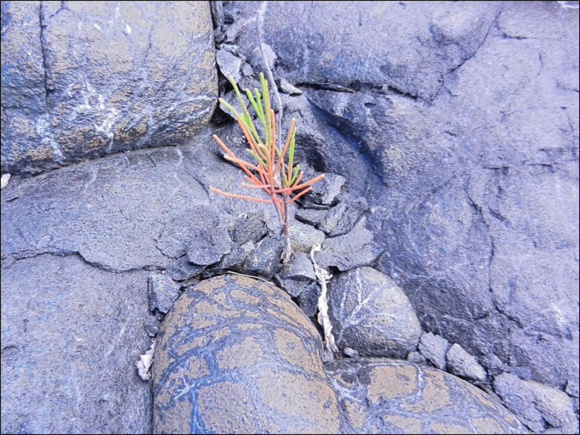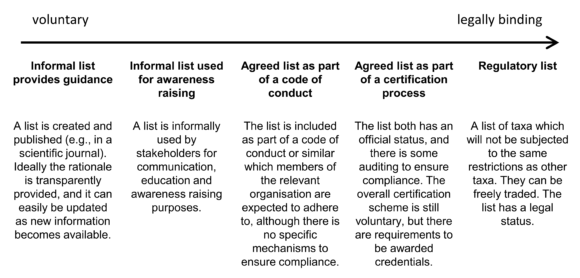4 December 2019 | By Ashlyn Padayachee
Usually prevention strategies focus on either species, sites, or pathways. Alien species are assigned to ‘watch’ or ‘warn’ lists to alert decision makers to potentially harmful species (e.g. the National Environmental Management Biodiversity Act alien species watchlist). Pathways that are responsible for the highest number of introductions are usually given priority for preventive measures to be implemented. The most susceptible and sensitive sites are also prioritised for strategic responses. Incorporating all three aspects of biological invasions — species, sites, and pathways — is important for effectively preventing alien species introductions.
In this study, the authors developed a set of criteria to identify alien species from the national watchlist produced for South Africa. Species which fit the criteria, and those being introduced through pathways which are operational in Durban, were selected. Four species were identified as potential problems for Durban, if introduced there: alligator weed (Alternanthera philoxeroides); southern sandbur (Cenchrus echinatus); American bullfrog (Lithobates catesbeianus) and red imported fire ant (Solenopsis invicta). To identify sites most likely to be invaded, the authors integrated climatic models with data on potential points of introduction for these species. This allowed for the easy identification of potentially harmful threats and direct where strategic responses should be focused.
Deciding how priorities should be assigned is a fundamental question when addressing biological invasions. Prioritisation schemes should be easily and efficiently implementable, taking into consideration all aspects of biological invasions. Holistic prevention schemes, such as the one developed in this study, will assist decision makers in easily identifying threats and focusing resources on targeting pathways, species and sites which pose the greatest risk of negative impacts.
“Developing holistic methods that incorporate all three aspects of biological invasions will afford decision makers with the greatest chance of preventing alien species introductions,” says Ashlyn Padayachee, lead author of the paper published in NeoBiota.

Read paper in NeoBiota
Padayachee AL, Procheş Ş, Wilson JR (2019) Prioritising potential incursions for contingency planning: pathways, species, and sites in Durban (eThekwini), South Africa as an example. Neobiota 47: 1-21. https://doi.org/10.3897/neobiota.47.31959
For more information contact Ashlyn Padayachee: ashlyn.levadia@gmail.com
Links to media releases:



